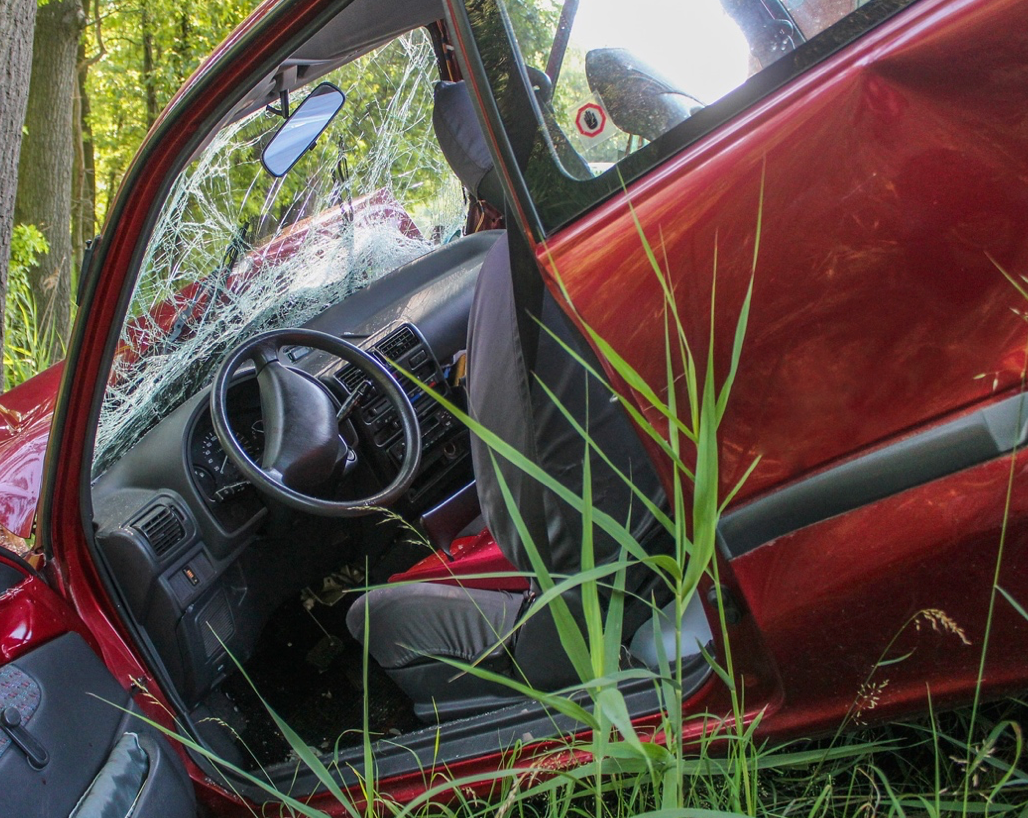Think FAST!
/It is a dark and stormy night, and you are working as a solo coverage physician at a level III trauma center. Just as things are seemingly calming down for the night, in rolls several squads with members of a family who were involved in a rollover MVC down an embankment. The EMS report indicates a pretty serious mechanism, and you are initially questioning whether these patients should have just been taken to the nearby trauma center. However, upon glancing at the patients they are alert, and with stable vital signs. As such they are roomed in the pod and you start your primary and secondary surveys. The first patient, the mother, looks to be injury free, but is complaining of severe neck pain and headache. You quickly order her CT scans and move on. The father has some abdominal bruising and pain, and you order a CT for him as well As you are assessing the teenage son, however, the nurse runs into the room and states that the father’s blood pressure is dropping. They are moving him to the trauma bay now. He was 110s systolic, she says, but his last BP was 80/40 and he is now tachycardic to the 120s.
As you run back to the room, you tell your nurse to grab the uncrossed blood products and put a call out to the trauma surgeon on call. The patient is awake and alert, but complains of worsening abdominal pain. As you get the blood on the rapid infuser, the surgeon calls back- he will be there in 10 minutes, but wants to know if he should get the operating room ready.
The patient still has a blood pressure in the 70s systolic, even with blood transfusing…and your CT scanner is in the basement with another patient currently on the table. You are weighing your options when you notice your ultrasound machine in the corner of the room. It has been a while since you’ve used it…
Check out out comprehensive review of the Focused Assessment with Sonography for Trauma (FAST)!






